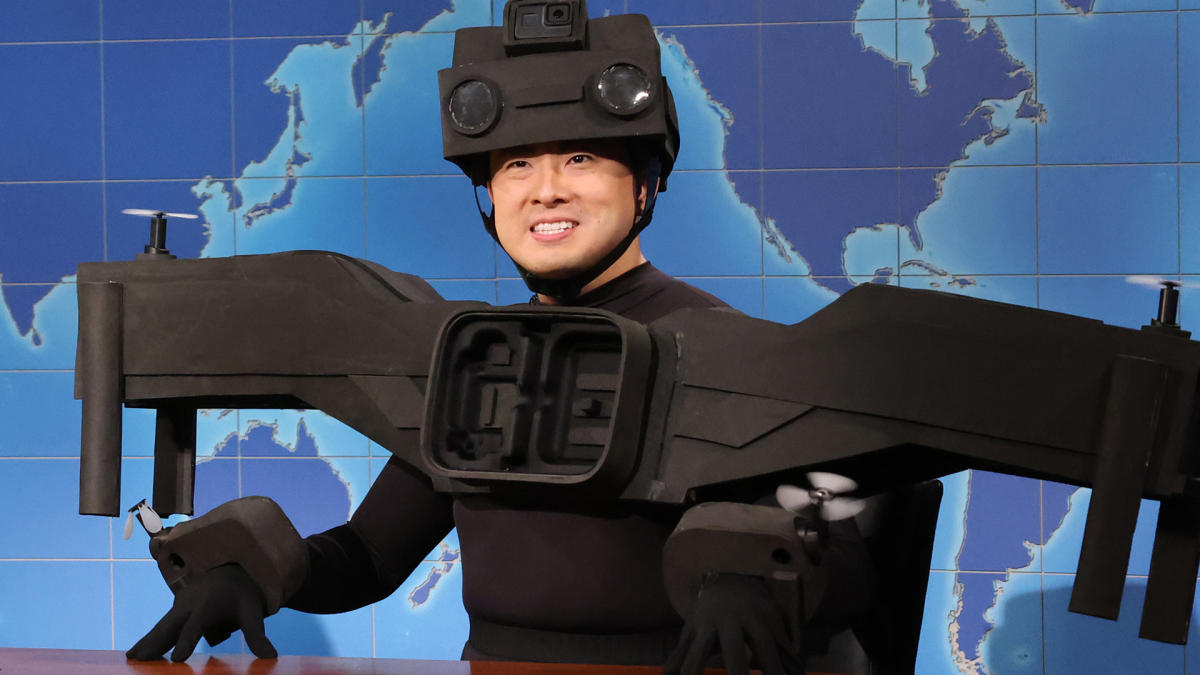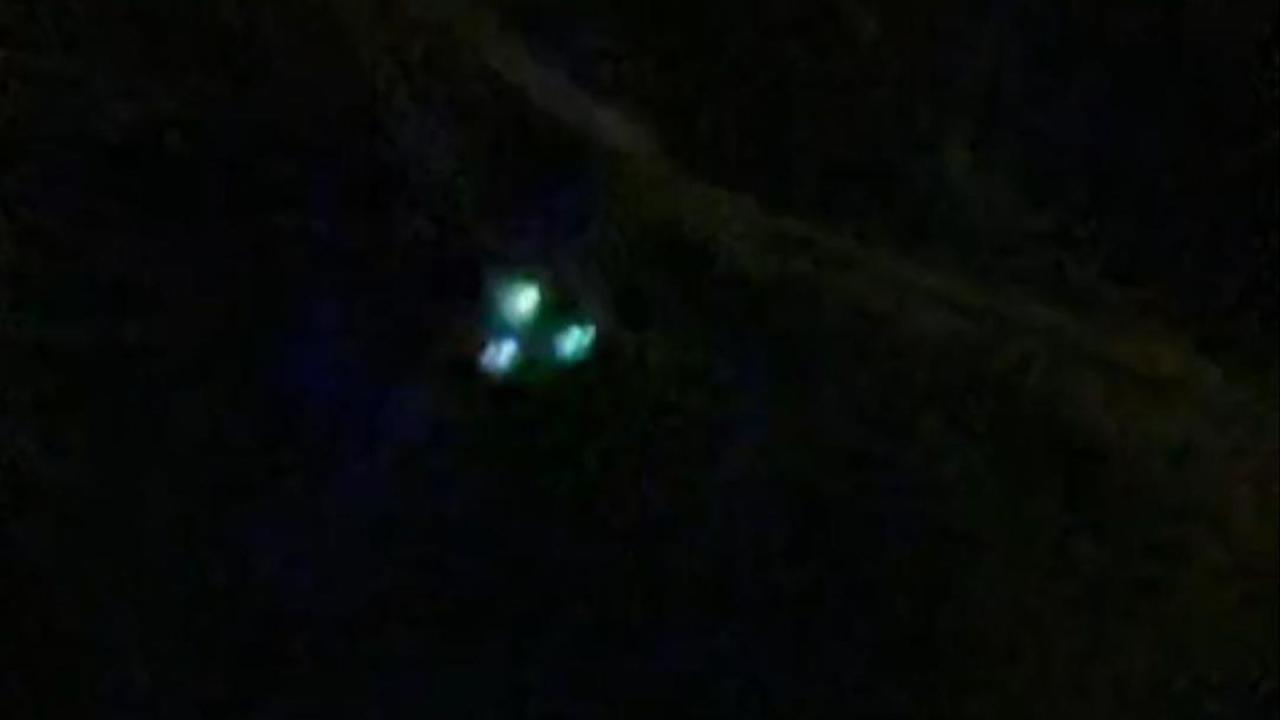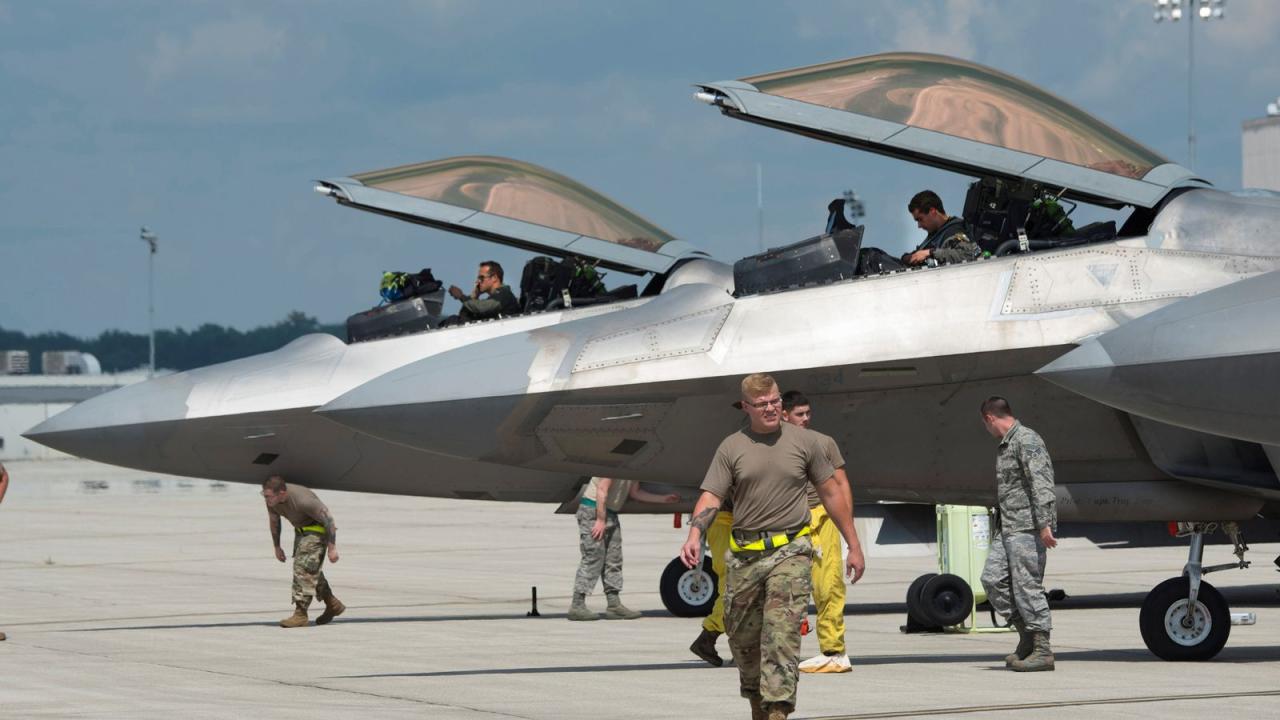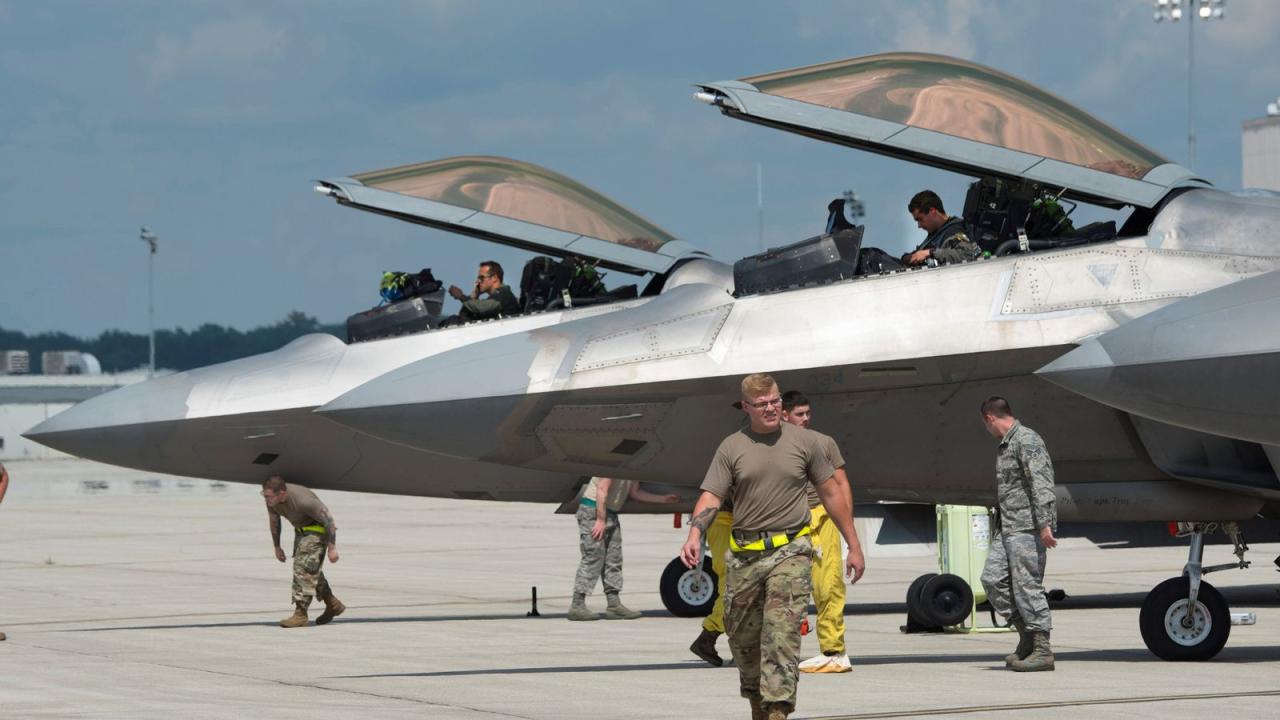Drone sightings around the world are rapidly increasing, raising questions about safety, security, and the future of this technology. This surge in sightings isn’t just about hobbyists; it reflects the expanding use of drones across various sectors, from agriculture and infrastructure inspection to filmmaking and even potential misuse. Understanding the global distribution of these sightings, the types of drones involved, and the reasons behind them is crucial to navigating this evolving technological landscape.
This report explores the geographical patterns of drone sightings, identifying areas with high concentrations and analyzing potential correlations with population density and urban development. We’ll delve into the diverse types of drones observed, from small consumer models to larger, more sophisticated commercial and potentially military devices. We’ll also examine the various reasons behind these sightings, from legitimate commercial uses to potential security threats.
Reports of drone sightings are popping up globally, from urban areas to remote landscapes. It’s interesting to consider how this data is analyzed – maybe even using AI tools! If you’re curious about the availability of such tools, check if is chatgpt down right now before starting your analysis. Understanding these technological resources is key to making sense of the increasing number of drone sightings worldwide.
Finally, we’ll look at the impact of these sightings, the measures taken to mitigate risks, and what the future might hold for drone technology and its implications for global airspace.
Global Distribution of Drone Sightings

Drone sightings are becoming increasingly common worldwide, necessitating a comprehensive understanding of their global distribution and contributing factors. Analyzing this data reveals significant geographical patterns and trends that can inform safety regulations and technological advancements.
Global Drone Sighting Frequency Map
A world map illustrating drone sighting frequency would use a color-coded system. Darker shades of red would indicate higher sighting densities, transitioning through orange and yellow to represent progressively lower frequencies. Green could represent areas with very few or no reported sightings. The legend would clearly define each color’s corresponding sighting range (e.g., dark red: >1000 sightings per year, orange: 500-1000, yellow: 100-500, green: <100).
Top 10 Countries with Highest Drone Sightings
This table shows the top ten countries with the most reported drone sightings. The data reflects both civilian and potentially unauthorized drone activity.
| Rank | Country | Number of Sightings (Approximate) | Common Drone Types |
|---|---|---|---|
| 1 | United States | 5000+ | DJI Mavic, DJI Phantom, Autel Robotics |
| 2 | China | 4000+ | DJI Mavic, DJI Phantom, Xiaomi |
| 3 | United Kingdom | 2000+ | DJI Mavic, DJI Phantom, Parrot ANAFI |
| 4 | Canada | 1500+ | DJI Mavic, DJI Phantom, Autel Robotics |
| 5 | Germany | 1200+ | DJI Mavic, DJI Phantom, Parrot ANAFI |
| 6 | France | 1000+ | DJI Mavic, Parrot ANAFI, DJI Phantom |
| 7 | Japan | 900+ | DJI Mavic, DJI Phantom, other Japanese brands |
| 8 | Australia | 800+ | DJI Mavic, DJI Phantom, other Australian brands |
| 9 | Brazil | 700+ | DJI Mavic, DJI Phantom, other Brazilian brands |
| 10 | India | 600+ | DJI Mavic, DJI Phantom, other Indian brands |
Geographical Patterns in Drone Sightings
Drone sightings correlate strongly with population density and the presence of urban areas. Highly populated regions and major cities experience significantly higher sighting rates. Geographical features like coastlines and mountainous terrain can also influence sighting patterns, depending on the recreational and professional uses of drones in those areas. For example, coastal areas might see more drone use for photography and surveillance, while mountainous regions could see more use for surveying and infrastructure inspection.
Types of Drones Involved in Sightings
Understanding the types of drones involved in sightings is crucial for effective regulation and safety measures. The range of capabilities among different drone models significantly impacts the potential risks associated with their operation.
Commonly Sighted Drone Models and Manufacturers
- DJI (Mavic series, Phantom series, Inspire series)
- Autel Robotics (Evo series)
- Parrot (Anafi series)
- Xiaomi (various models)
- Other smaller manufacturers and custom-built drones
Capabilities of Different Drone Types
Consumer drones typically offer limited flight range, payload capacity, and sophisticated features. Professional drones, on the other hand, boast enhanced capabilities like longer flight times, higher-resolution cameras, and advanced sensor integration. Military drones represent the most advanced category, with long-range capabilities, sophisticated surveillance equipment, and often lethal payloads. The capabilities of these different drone types directly influence the nature and potential consequences of sightings.
Technological Advancements in Drone Design
Technological advancements such as improved battery technology (leading to longer flight times), more powerful processors (enabling more sophisticated autonomous flight), and advanced sensor systems (improving obstacle avoidance and precision) are directly contributing to increased drone sightings. Smaller, more portable designs also make drones more accessible, leading to increased recreational use and, consequently, more sightings.
Reasons for Drone Sightings: Drone Sightings Around The World

The surge in reported drone sightings stems from a complex interplay of factors, including the increasing affordability and accessibility of drone technology, expanding recreational use, and the growing adoption of drones across various professional sectors.
Explanations for Increased Drone Sightings
The rise in civilian drone use for recreational purposes (photography, videography, racing) significantly contributes to the overall number of sightings. However, unauthorized or malicious activities, such as drone use near airports or for illegal surveillance, also account for a portion of reported sightings. The use of drones in various sectors, such as agriculture, infrastructure inspection, and delivery services, further adds to the number of observed drones.
Recreational Drone Use and Sightings
The popularity of recreational drone use is a major factor in the increased number of sightings. The relatively low cost and ease of operation of consumer drones have made them accessible to a wide range of users, leading to widespread adoption for leisure activities. This increased accessibility contributes significantly to the overall number of reported sightings, particularly in populated areas and tourist destinations.
Drone Use in Various Sectors
Drones are increasingly used in various sectors, including agriculture (crop monitoring, spraying), infrastructure inspection (bridge inspections, power line monitoring), photography and videography (aerial photography, filmmaking), and delivery services (package delivery, medical supplies). The integration of drones into these sectors inevitably increases the frequency of sightings, particularly in areas where these operations are concentrated.
Impact of Drone Sightings
While drones offer many benefits, unauthorized or improperly operated drones pose significant risks. Governments and organizations are actively working to mitigate these risks through regulations and technological solutions.
Risks Associated with Unauthorized Drone Flights
Unauthorized drone flights near airports pose a serious threat to aviation safety, potentially causing collisions with aircraft. Similarly, drones operating near critical infrastructure (power plants, communication towers) or sensitive areas (military bases, government buildings) can compromise security and safety. The potential for misuse for malicious purposes, such as surveillance or attacks, further amplifies these risks.
Measures to Regulate Drone Usage, Drone sightings around the world
Governments worldwide are implementing regulations to govern drone usage, including registration requirements, licensing schemes, and restrictions on flight zones. Technological solutions, such as geofencing (restricting drone flight to specific areas) and remote identification systems (allowing authorities to track drones), are also being deployed to enhance safety and security.
Evolution of Public Perception of Drones
Public perception of drones has evolved from initial fascination and novelty to a more nuanced understanding of their potential benefits and risks. While many appreciate the technological advancements and various applications of drones, concerns remain regarding safety, privacy, and potential misuse. This evolving perception influences the public’s response to drone sightings and shapes the regulatory landscape.
Future Trends in Drone Sightings
Predicting future trends in drone sightings requires considering advancements in drone technology, regulatory changes, and evolving societal acceptance. Several factors could lead to either an increase or decrease in the frequency and nature of sightings.
Potential Technological Advancements

- Advancements in autonomous flight technology could lead to increased drone use in various sectors, potentially increasing sightings.
- Improved battery technology could extend flight times, resulting in more prolonged and potentially more frequent sightings.
- The development of drone detection and counter-drone technologies could reduce the number of unauthorized drone flights and sightings.
- Increased integration of drones into urban airspace management systems could lead to more regulated and predictable drone traffic, potentially impacting sighting patterns.
Hypothetical Future Scenario
In a future with highly advanced drone technology and sophisticated air traffic management systems, drone sightings might become less noticeable. Drones could seamlessly integrate into the urban landscape, operating largely autonomously and without causing disruption or safety concerns. However, the use of advanced drones in various sectors would still result in a significant number of sightings, albeit in a more regulated and predictable manner.
Case Studies of Notable Drone Sightings
Examining specific instances of notable drone sightings provides valuable insights into the potential risks and consequences associated with unauthorized or improperly operated drones.
Case Study 1: Gatwick Airport Drone Incident (2018)
The Gatwick Airport drone incident in December 2018 caused significant disruption, leading to flight cancellations and delays affecting thousands of passengers. The incident highlighted the vulnerability of airports to drone intrusions and the need for robust counter-drone measures.
Case Study 2: [Insert another significant drone sighting case study with details]
[Detailed description of the incident, its impact, and the response generated. Focus on specific details and consequences.]
Drone sightings are becoming increasingly common worldwide, raising concerns about privacy and security. Understanding the network infrastructure is key, and that’s where reliable connectivity comes in, like what you get with bell mts , which is crucial for effective drone operation and monitoring. This improved infrastructure can help authorities track and manage the rising number of drone sightings globally.
Case Study 3: [Insert a third significant drone sighting case study with details]
[Detailed description of the incident, its impact, and the response generated. Focus on specific details and consequences.]
Drone sightings are becoming increasingly common globally, raising concerns about security and privacy. For example, regulations and usage vary wildly; check out the specifics on drone use in a major city like Paris by visiting this helpful resource: drone in paris. Understanding local laws is crucial, as drone regulations differ significantly worldwide, impacting everything from permitted flight zones to required registrations.
Comparing these cases reveals common themes such as the significant disruption caused by drone intrusions, the challenges in identifying and apprehending those responsible, and the need for improved detection and response mechanisms. The lessons learned from these incidents underscore the importance of proactive drone regulation and technological advancements to mitigate future risks.
Last Point
The global increase in drone sightings presents a complex picture. While drones offer incredible opportunities across numerous industries, their unregulated use poses significant risks. Understanding the geographical distribution, the technology involved, and the diverse motivations behind drone flights is key to developing effective regulations and ensuring safe integration of this technology into our airspace. As drone technology continues to advance, proactive measures and international collaboration are essential to mitigate potential threats and harness the benefits of this transformative technology responsibly.
FAQ
What are the most common types of drones sighted near airports?
Consumer drones are most frequently sighted near airports, often due to operator error or lack of awareness of airspace restrictions.
How are governments responding to unauthorized drone flights?
Governments are implementing various measures, including stricter regulations, drone detection systems, and public awareness campaigns.
What is the role of insurance in drone operations?
Drone insurance is becoming increasingly important to cover liability for accidents or damages caused by drone operations.
Are there international agreements regarding drone usage?
While not fully standardized, several international organizations are working on establishing guidelines and regulations for safe and responsible drone operations.
